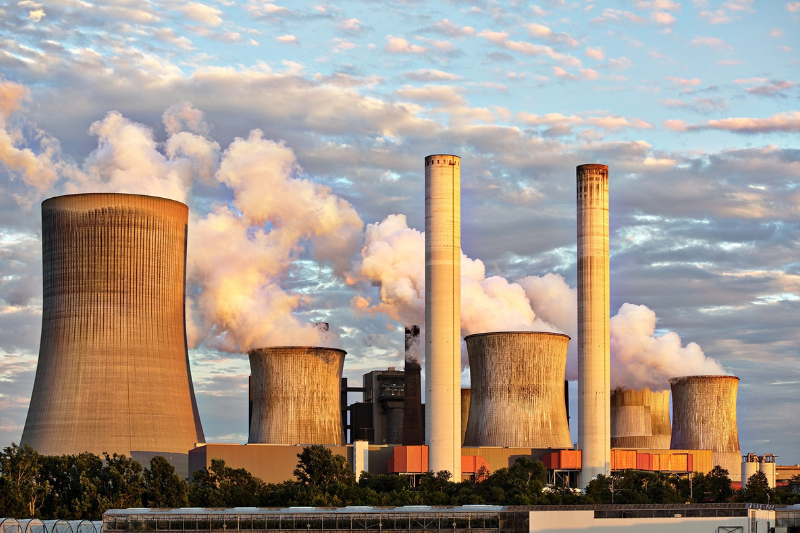
Japan to start releasing Fukushima water as early as Aug 24
Despite intense opposition from fishing communities fearing reputational damage, China and some scientists, Japan is to begin releasing wastewater from the now-crippled Fukushima Daiichi nuclear power plant into the Pacific Ocean from Thursday.
It comes weeks after the International Atomic Energy Agency (IAEA) approved the discharge, saying the radiological impact would be “negligible”. The release plan is controversial as the treated wastewater contains tritium, a radioactive substance that is difficult to separate.
Government To Compensate Local Fishers For Reputational Damage
About 1.3 million tonnes of wastewater – enough to occupy 500 Olympic swimming pools – is being stored in over 1,000 steel tanks on the site. But the plant’s operator, Tokyo Electric Power (Tepco), has been raising concerns over depleting storage space.
Prime Minister Fumio Kishida says the disposal is an essential part of the complex process to decommission the plant and revive the area. The government has set up funds to compensate local fishers for reputational damage and address any impact on the local economy.
The treated wastewater will be diluted to one 40th of the concentration allowed under Japanese safety standards before being released into the Pacific Ocean via an underwater tunnel 1 km from the coast over the next 30 to 40 years, according to Japanese officials.
Keep Reading
China Maintains Opposition, With HK Threatening Restrictions
South Korea and China banned seafood imports from some areas of Japan after a powerful Tsunami crashed into Fukushima Daiichi in March 2011. While Seoul recently dropped its objections to the discharge, opposition parties and several ordinary citizens remain concerned.
China maintains strong opposition, with Hong Kong also threatening restrictions. Meanwhile, Kishida attempted to reassure fishing communities that the disposal was safe in a meeting on Monday with the head of the National Federation of Fisheries Cooperative Associations.




